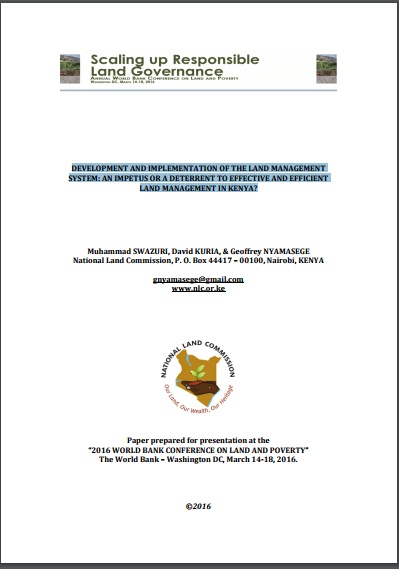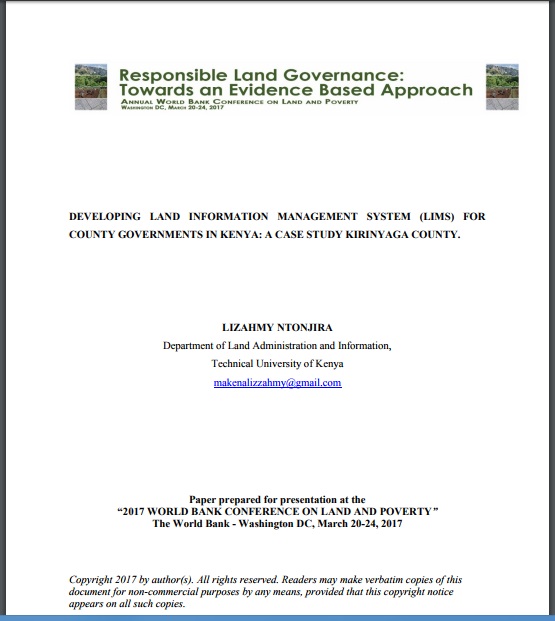High-Precision Land-Cover-Land-Use GIS Mapping and Land Availability and Suitability Analysis for Grass Biomass Production in the Aroostook River Valley, Maine, USA
High-precision land-cover-land-use GIS mapping was performed in four major townships in Maine’s Aroostook River Valley, using on-screen digitization and direct interpretation of very high spatial resolution satellite multispectral imagery (15–60 cm) and high spatial resolution LiDAR data (2 m) and the field mapping method. The project not only provides the first-ever high-precision land-use maps for northern Maine, but it also yields accurate hectarage estimates of different land-use types, in particular grassland, defined as fallow land, pasture, and hay field.




